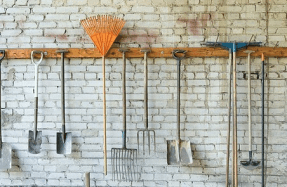Running the TRAPLINE

All of us have a little trapping in us, even if it’s limited to setting mousetraps in our kitchens to relocate or exterminate pests. I imagine if you look back in your own family history, you’ll find trappers who made a living off of, or supplemented their income with, fur.
Trapping Benefits and History
Trapping surely began as a means of survival. Native Americans across the continent trapped fur-bearing animals with pits, deadfalls, and snares, and used the furs for warmth and trade and the meat for food. After Europeans arrived in North America, trapping provided furs for mountain men and Native Americans to trade with merchants selling rifles, pistols, knives, food, pots, and blankets.
Nowadays, trapping can supplement your income or provide furs for your own use, and it’s also useful for wildlife population control. Trapping
You’re reading a preview, subscribe to read more.
Start your free 30 days





